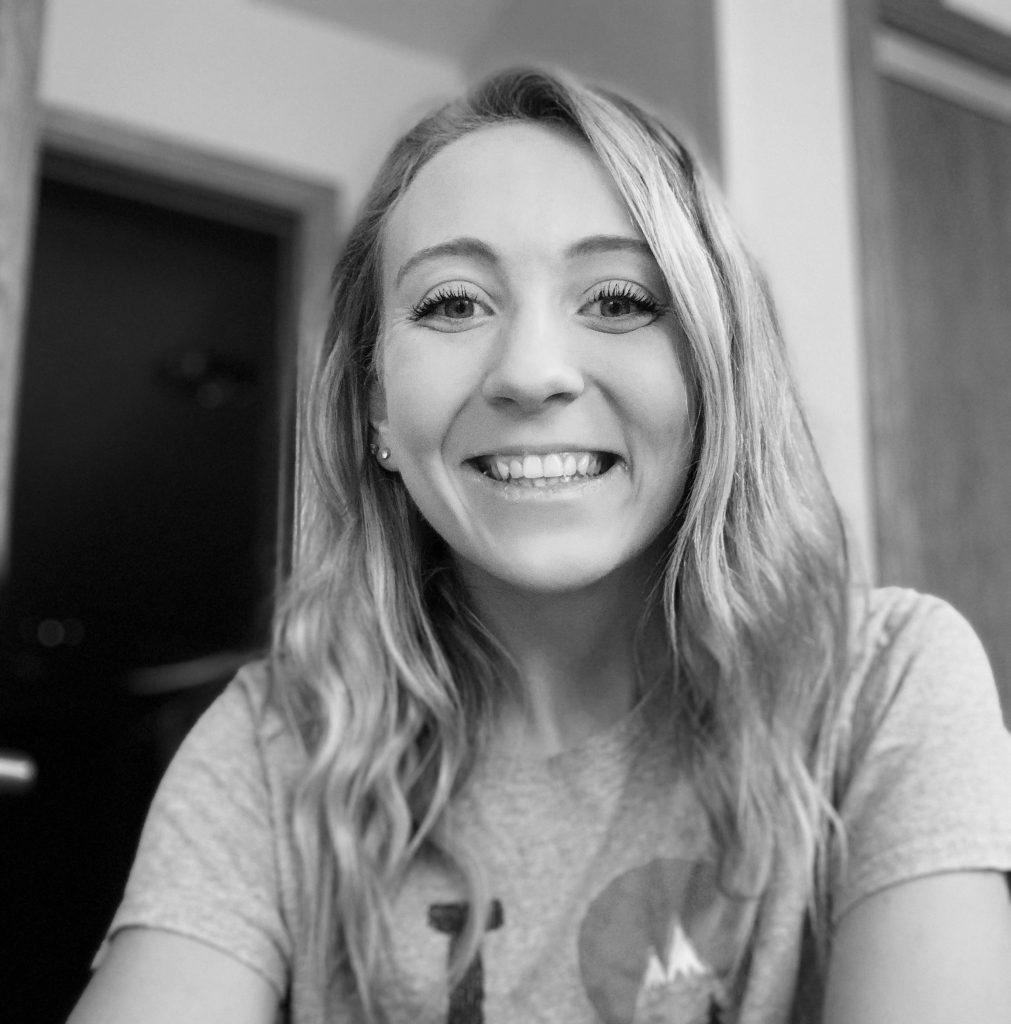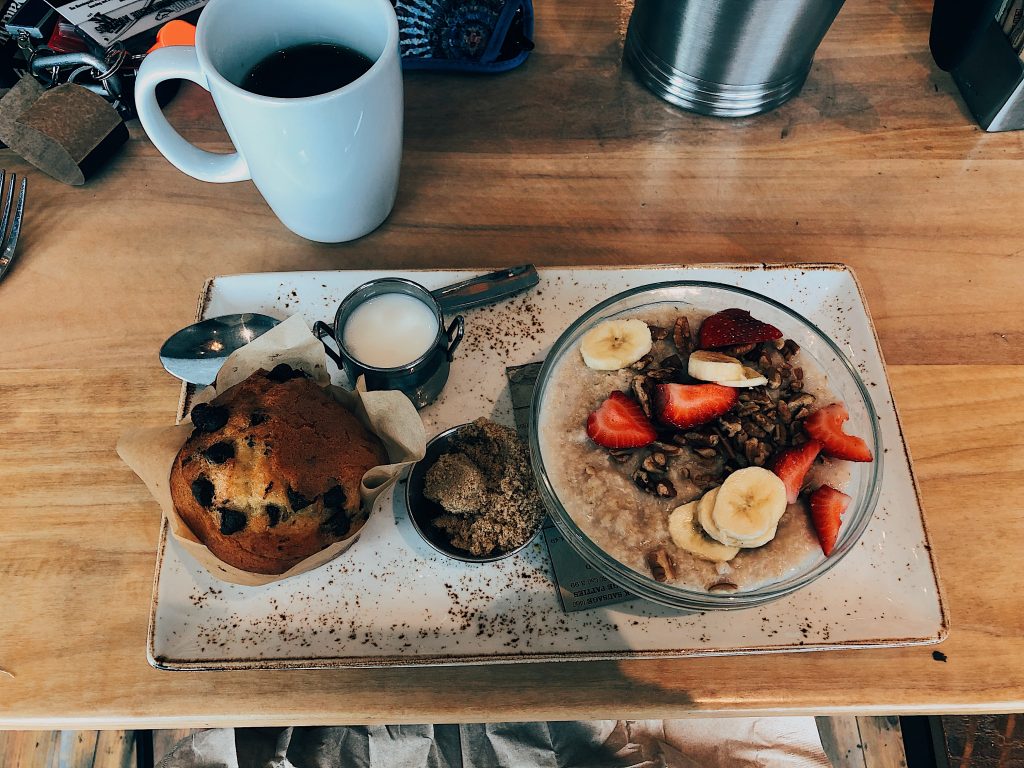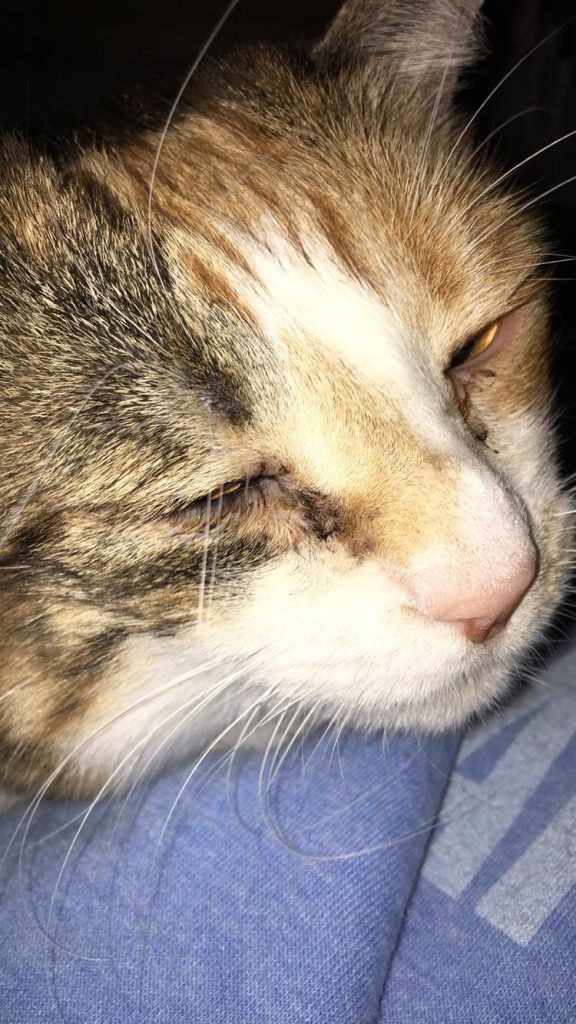Broadcast read by: Sophomore Madisyn Heeren
Sailors spot black bubbles the size of the capital dome of Washington D.C. boiling from the sea.
Multiple sailors in the early 20th century spotted the phenomenon near Alaska. Not knowing the bubbles are filled with volcanic gas, so when they burst they create volcanic clouds thousands of feet in the sky.
The volcano responsible, Bogoslof, is located in the Aleutian Islands. The islands are a chain of 14 large volcanic islands and 55 smaller ones belonging to both the U.S. state of Alaska and the Russian federal subject of Kamchatka Krai.
When it’s underwater it can produce bubbles that can reach up to 1,444 feet. John Lyons, a research geophysicist at the Alaska Volcano Observatory of the U.S. Geological Survey, led his team to regularly monitor active volcanoes in Alaska and picked up on the signals belonging to Bogoslof.
“When it bursts, volcanic gas — water vapor, sulfur dioxide and carbon dioxide — gets released partly back into the water, where it interacts with the lava, pulling it into pieces and producing ash and volcanic clouds,” Lyons said.
When the pressure outside the bubble exceeds the pressure inside and the bubble begins to contract; its film becomes unstable and it will rupture.
Scientific article found:


